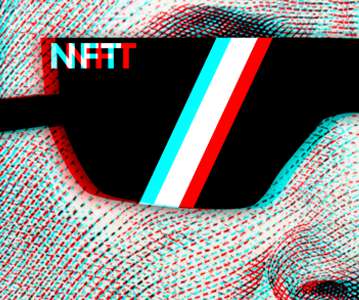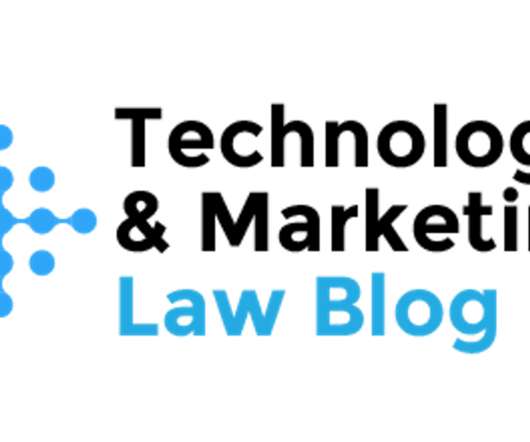Supreme Court Holds Warhol’s “Orange Prince” Not Transformative, Not Fair Use
IP Tech Blog
JUNE 2, 2023
What is or is not “transformative,” however, is largely framed by the original author’s statutory right to control derivative works, i.e., a new work of authorship that is created by modifying, transforming or adapting the original in some way. At this point, this speculation seems a little premature.














Let's personalize your content